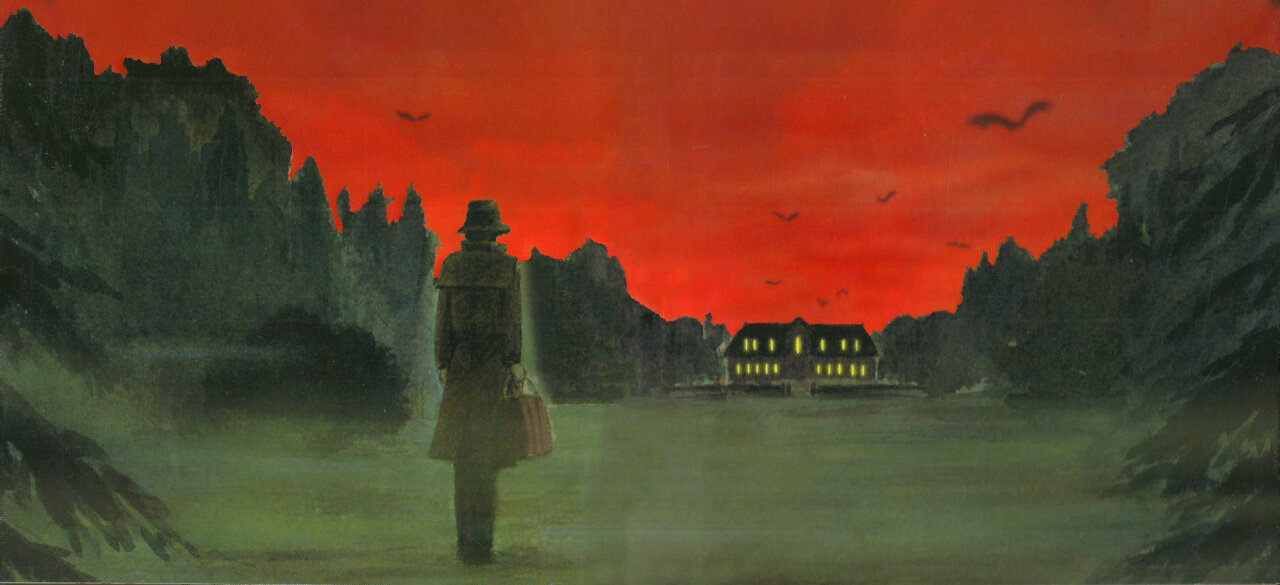
Interview with Yasuyuki Saga, writer/planner for Resident Evil, devising Spencer mansion architect George Trevor & his tragic daughter Lisa, whilst writing many of the iconic game-files.
Yasuyuki Saga was story writer & planner for the original Resident Evil, devising the tragic Trevor family; Spencer mansion architect George, wife Jessica & G-virus catalyst daughter Lisa. The source for their tragedy George Trevor's Notes was authored by Saga-san as he worked with Shinji Mikami.
Yasuyuki Saga was story writer & planner for the original Resident Evil, devising the tragic Trevor family; Spencer mansion architect George, wife Jessica & G-virus catalyst daughter Lisa. The source for their tragedy George Trevor's Notes was authored by Saga-san as he worked with Shinji Mikami.
“Experiencing the work of the director, Shinji Mikami, was invaluable learning. As Mikami-san directed the programmers and designers, I saw the game become more and more wonderful” — Yasuyuki Saga.
CH: How did you become involved in the development of the first Resident Evil game, and was it a daunting prospect joining Capcom?
YS: I didn’t intend to join Capcom from the start! As a result of job hunting, I received offers from both Capcom and Japan’s Civil Service, so I had to choose between them. My parents wanted me to become a civil servant because it was a stable career. However, when I thought about what I wanted to do, I decided I wanted my work to create something tangible afterwards, so I chose Capcom. It has been over twenty years since I made that decision, and my parents have never told me ‘We wish that you had become a civil servant’!
Biohazard’s development demanded a lot of work, and very soon there became a shortage of planners. There was a requirement to increase the development team, and so I initially joined as a planner. Yes, it was difficult, because I was still a newcomer, and I was not familiar with the game, as compared to the other members of that team.
CH: What were your tasks on the Resident Evil team, and what was your focus when working on creative direction?
YS: The various roles in creating the biohazard scenario, were as follows - the draft scenario was written by Kenichi Iwao, the in-game narrative by Takashi Nakaya, based on Kenichi Iwao’s original draft, the game script was created, and I was responsible for the game-files. I wrote some, and edited all the files found during gameplay, on bookshelves, on the floors, etc. and ordered the necessary images from the art designer. These files would offer gameplay tips, interspersed with details for understanding the wider world view. The ‘Trevor Notes’ I wrote, make up part of these files. I also wrote the explanatory note ‘Botany book’, describing how to use medicinal herbs, written in the style of a university teacher. For this work, I was inspired by various academic books and memoirs.
There was nobody in charge of game-files when I joined the team, so I took charge of that. The game-files were a collection of texts drafted by multiple planners, some written by Iwao-san and Nakaya-san, while others were written by me. My job was to compile draft texts the planners thought necessary for the game, revise the text so it would fit in the game properly, order the graphics artist to create the images, and ask the programmer to adjust them. I worked on combining pictures and lettering from books, to create images displayed in the game. There was a desire to use Kanji, to bring out the atmosphere of the files, but the technology of consoles at that time, didn’t allow for the display of Chinese characters, so we relied on drawings, and it was completed after many failures.
Once I decided on the necessary pictures, I would consult with the designer to create an image. And from the rough stage to completion, I would hold many meetings to check, adjust and correct the design direction. This was my first experience being responsible for my own work and the work of others. I knew it was vital to share and consult about what I wanted, with those concerned. That was my focus at the time; communicating clearly the image I had in mind.
CH: Explain the process of introducing, but then removing, the tragic story of the Trevor family, described in removed game-files ‘Trevor’s Notes’.
YS: In Biohazard in order to provide assistance into a mansion that was full of tricks & traps, I created files that would explain the background of the mansion. Because of development complications and restrictions, that series of files were removed. Trevor’s Diary remained right up until biohazard was completed. During the development process, the director, Mikami-san, thought that the amount of in-game content was insufficient, and decided it was necessary to give the gamer more details about the playing environment and gameplay. As part of this, Mikami-san asked me to write the game files that would be added into mansion rooms. It became quite a challenge!
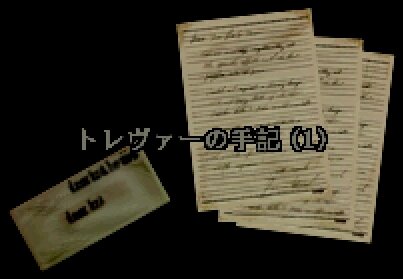
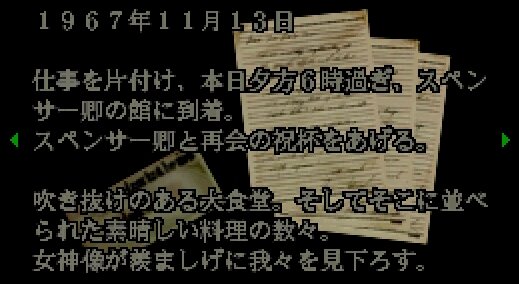
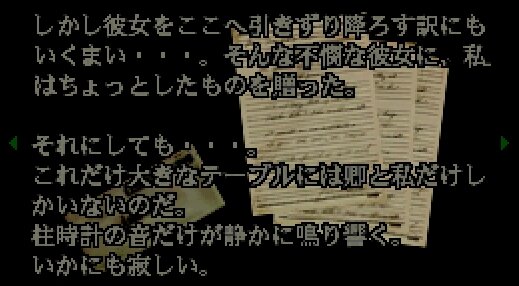
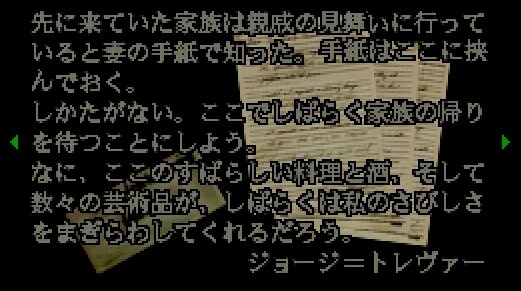
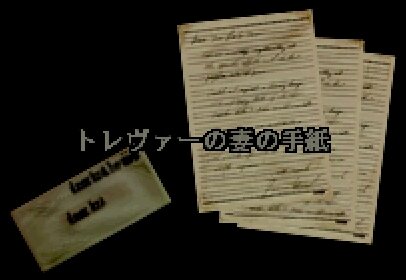
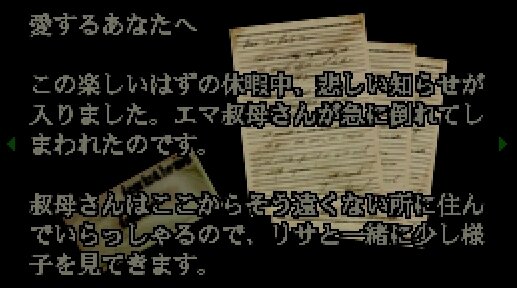
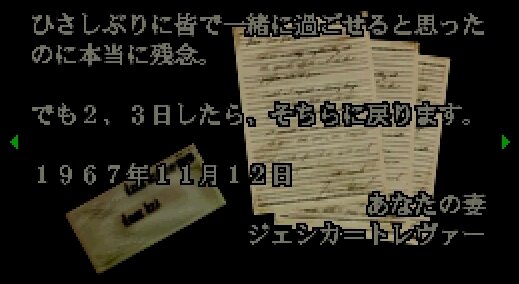
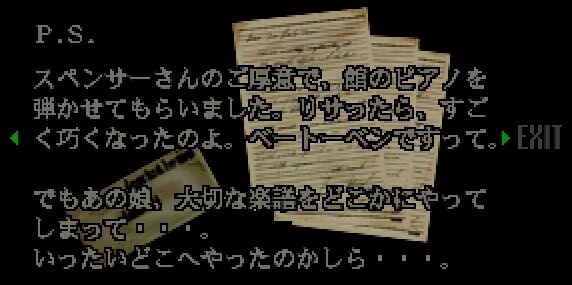
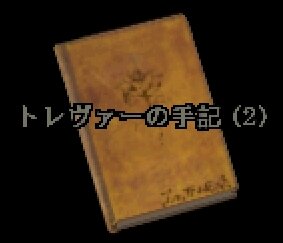
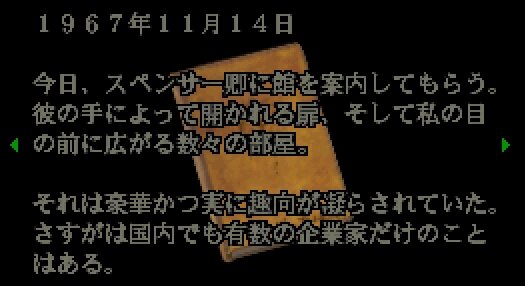
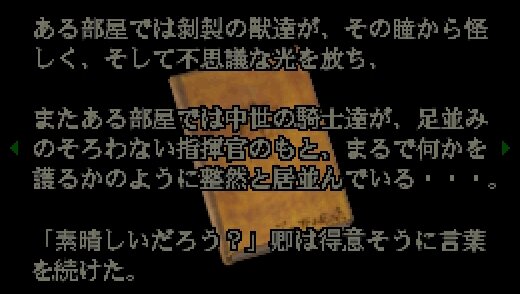

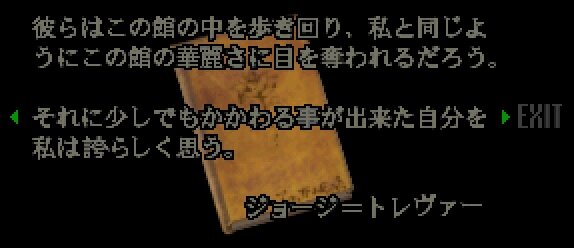
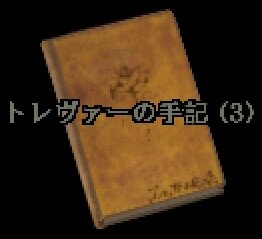
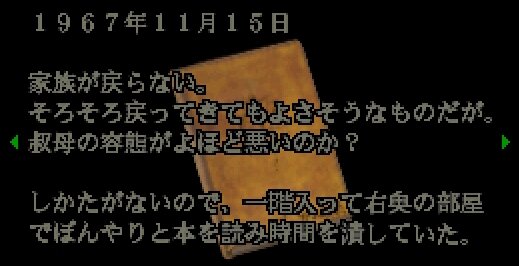
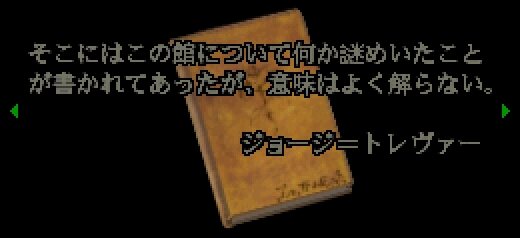
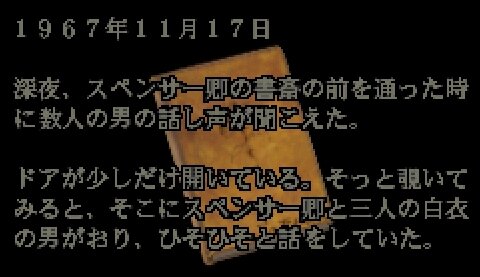
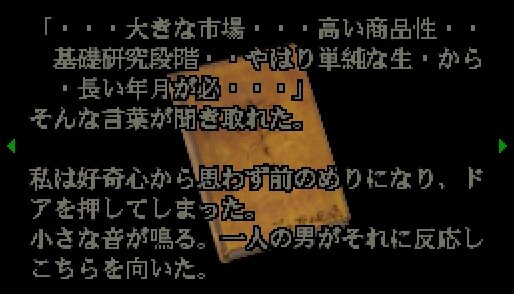
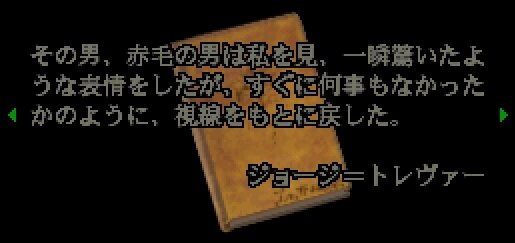
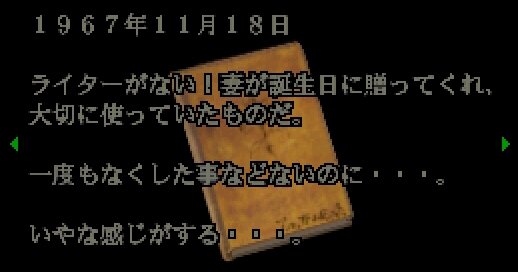
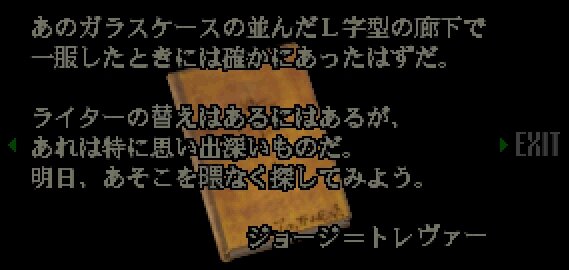
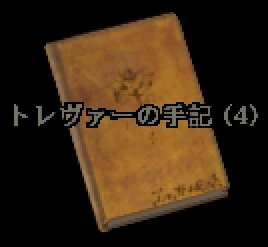
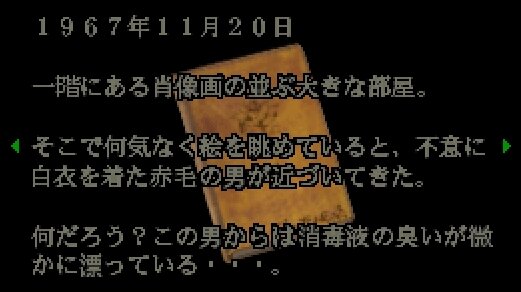
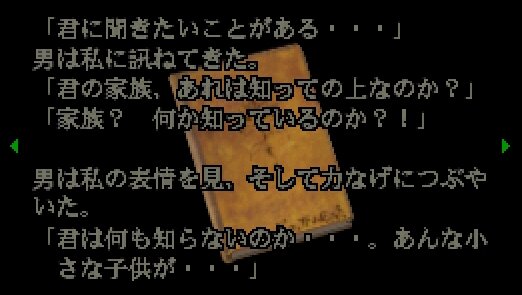
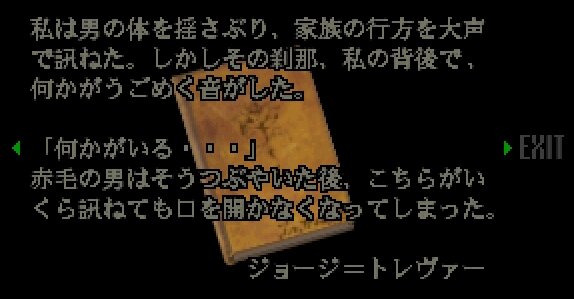
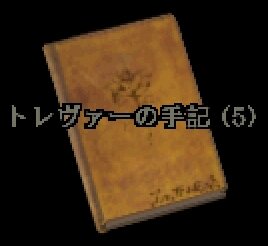
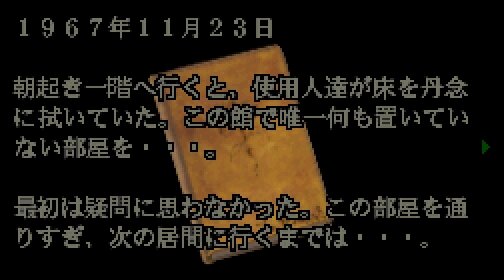
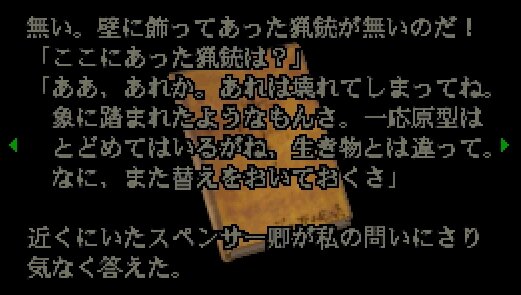
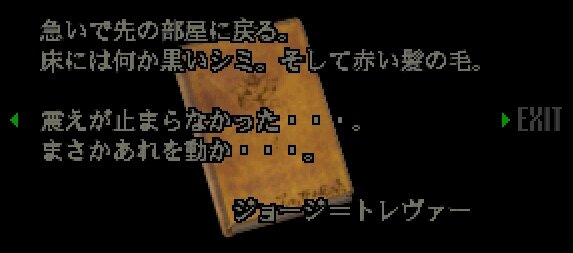
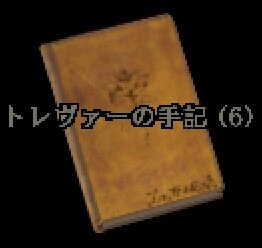
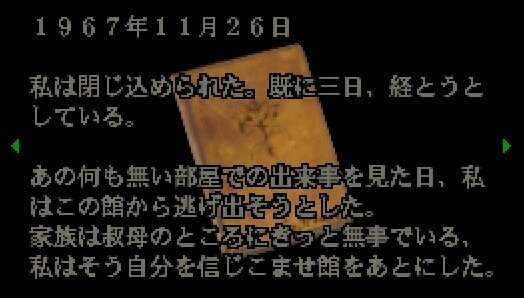

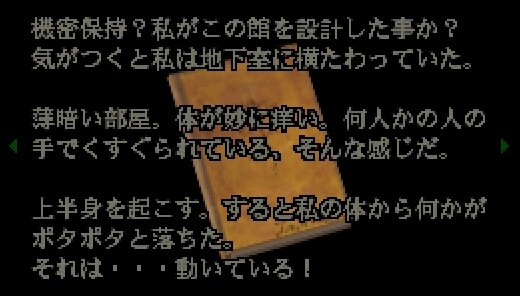
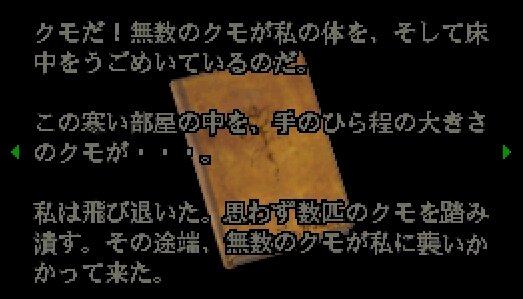
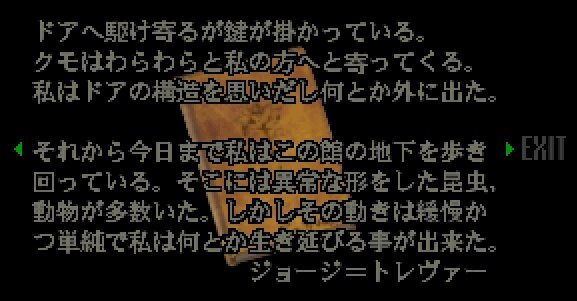
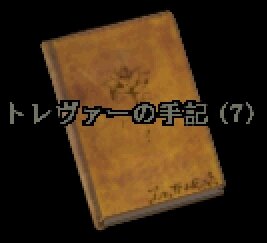

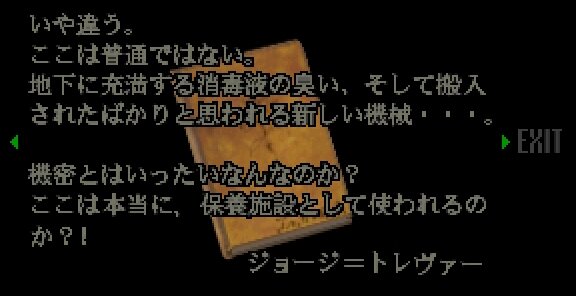
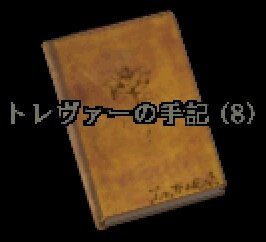
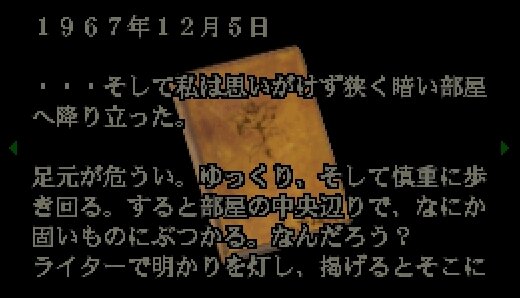
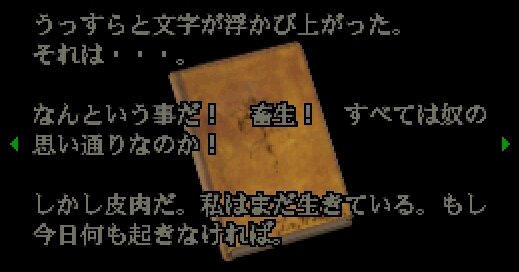
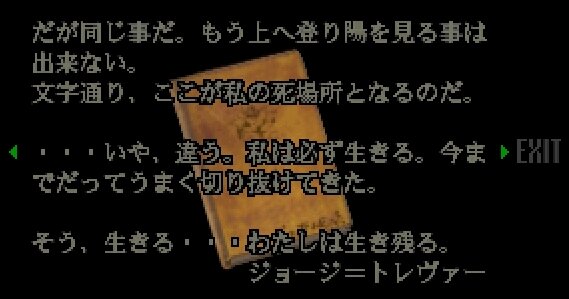
After much difficulty, we received Mikami’s approval to add ‘Trevor’s Notes’ into the game. However, in the completed version, the gameplay conflicted with the world view presented in those game-files, and this caused inconsistencies.
So I advised Mikami-san to remove the ‘Trevor’s Notes’ files. At first, he did not agree, but the translator in charge of making the English version at the same time as the Japanese, also agreed with their removal, and so it was decided to remove them from the game.
After Kenichi Iwao left the team, Mikami-san decided he needed some additional writing for game-files, so he taked Takashi Nakaya with that. Nakaya-san wrote some texts while considering the ‘Keeper's Diary’, but did not write game-files with a similar world-view, because ‘Trevor's Notes’ was too similar to the ‘Keeper's Diary’.
CH: Were you aware, that although ‘Trevor’s Notes’ were removed from the original Resident Evil, they were included in the GameCube remake of Resident Evil, and that the Trevor family have been referenced in further games & guide books, and did you author the revised version of ‘George Trevor’s Notes’, published in the ‘True Story Behind Bio Hazard’ promotional book?
YS: I knew some scenarios I created were used in other biohazard games, for example, the university setting, but I did not know that ‘Trevor’s Notes’ had appeared in other versions of the game. I remember Mikami-san stating that the content was shared after the first release of biohazard, not just for the video game, but I heard it would be published in a book. But by that time, I was in a different department from him, so I did not participate in that revision work. The content seems to be omitting some things and adding extra explanations to what I had written!
CH: Why did you decide to base the narrative of Trevor’s notes around the family’s tragedy, and was an inspiration for this, the similar events portrayed in the Famicom video game, and film of the same title, ‘Sweet Home’?
“I imagined what happened to the people staying in the mansion during the time it was completed, and wanted to create a story around that theme”
— Yasuyuki Saga
I didn’t refer back to Sweet Home, but I often read European 19th century novels and manga, with aristocratic themes, located in Europe, such as ‘The Poe Clan’, by Moto Hagio. I read it thoroughly for research. It’s about an immortal vampire family, suffering tragedy for many years. It was a helpful source, in terms of the tragedy taking place in an old European style mansion, with characters of nobility, and mysterious monsters.
CH: Looking back, is there anything that you would change about Trevor’s Notes?
YS: What do I think was wrong with ‘Trevor’s Notes’, if that is your question, then the answer is as follows. That the world view set up in ‘Trevor's Notes’ deviated from the story set out in biohazard. So had they been included in the game in that form, players would have been confused.
N.B. Prior to their removal, the locations where Jill or Chris would find George Trevor’s game-files included the table in the piano room, corridor next to Kenneth's body, top of the shelf in the attic, underground courtyard, table on the outside terrace, table in the shotgun room (see images below).
CH: Can you remember any other game-files that you wrote for Resident Evil?
YS: I also wrote the ‘Botany Book’, an explanatory note about how to use herbs. The person who wrote this botany file had the setting of a teacher at Raccoon University.
CH: What were the positives and the challenges you experienced as part of the development team?
YS: Experiencing the work of director Shinji Mikami, was invaluable learning. As Mikami-san directed the programmers & designers, I saw the game become more and more wonderful. Mikami-san is neither a programmer, nor an artist, but he had a clear image of the game’s finished design and was able to lead the creators towards completing that vision.
Mikami-san also had a lot of ideas; when there was a problem of not being able to distinguish between the demo screen (the part of the game where the story progresses) and the game screen, he instructed the programmers to add the idea of using CinemaScope for the demo screen only. This production method is commonplace in today’s games, but I think Mikami-san was probably the first. Through my subsequent work, I learned that results were very different depending on whether there was an excellent director, or a bad one!
Until I got a job at Capcom, I had never worked in that field, and was unfamiliar with the basics, such as not being allowed to share information. In addition to being unfamiliar with this work environment, the team were anxious with their busy workload, and nervous, so I too became nervous.
CH: What is your background with, and what sparked your interest in, video games?
YS: I’ve been fond of playing simulation games since Middle school, and continued playing them until my college days. Starting with ‘Nobunaga’s Ambition’ (Japanese history strategy game by Koei), and ‘The Atlas’ (Strategy game set during the Age of Discovery). I loved these game because of the large world map. With games from abroad, I liked ‘Rampart’, by Atari. I would play this at the central game arcade. The reason why I like these games is because I like history, and can enter that world, playing over a long period of time.
I liked Science-Fiction novels, and read them a lot. From abroad I read the classics by Arthur C. Clarke, Isaac Asimov, Philip K. Dick. I also liked Science-Fiction comics, such as ‘They Were Eleven’, and ‘The Poe Clan’, by Moto Hagio. I recommend ‘They Were Eleven’, because it’s a very interesting manga, set on a spacecraft carrying eleven prospective students, taking an entrance exam for Space University.
CH: Looking back, what key lessons did you learn about game design, and would you like to give a message to the many fans of your work?
YS: During that era at Capcom, their games were a mix of tension and relaxation, and I learnt this was how to entertain gamers. I think that is still as true today, as it was back then. Looking back to twenty-five years ago, I do not think that anyone from the biohazard development team would have thought the game would be loved for such an amount of time. Thank you for loving the game for this long!
[Not to be reproduced (c) Crimson Head Elder 2020]
Special Thanks: Welsh, BSAArklay, USS Command, The Oracle Dragon, George Trevor, Sonny Bauer, Yuan-The-11th



